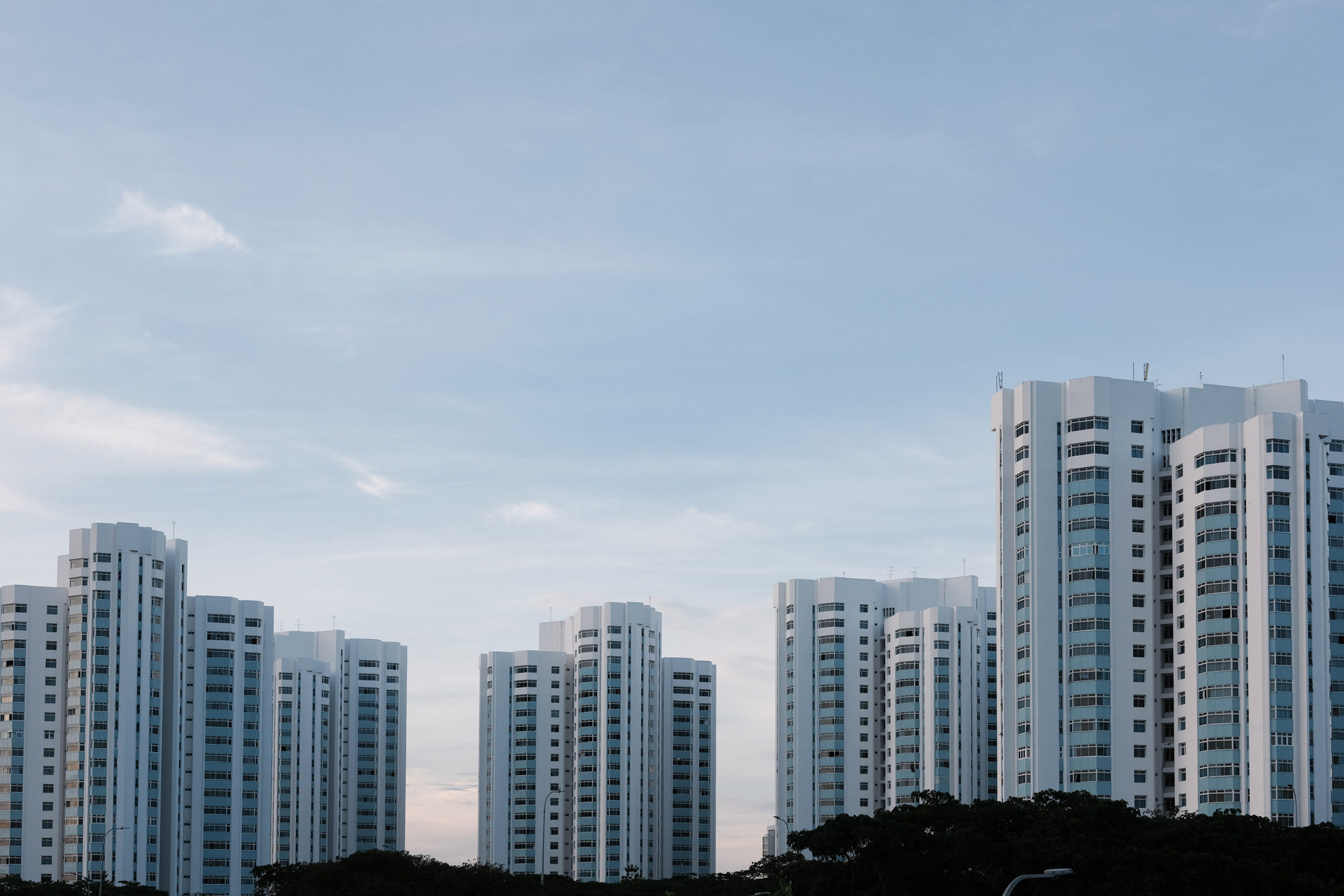On 29 September 2022, a slew of measures were jointly-announced by the Housing & Development Board (HDB), Ministry of National Development (MND) and the Monetary Authority of Singapore (MAS).
These changes were made in order to moderate demand within Singapore’s red-hot market, as well as to reduce the risk of over-leveraging amid a rising interest rate environment.
In this article, we will explain exactly what these changes are, and what impact they will have for property owners and prospective buyers alike.
Read Also: Rising Interest Rates in Singapore: Here’s How it Affects Your Investment Portfolio
Cooling Measure #1: Increase of Floor Rate for Calculating MSR, TDSR and Maximum HDB Loans
Mortgage Servicing Ratio (MSR) and Total Debt Servicing Ratio (TDSR) are safeguards in place to prevent from being overleveraged. Rather than hard caps on loan amounts, limits are expressed as a percentage of one’s monthly income.
For Singaporeans buying HDB flats, the monthly repayment of their monthly mortgage cannot exceed 30% of their gross monthly income. For buyers of residential private properties, the total sum of their debt obligations – including repayments for their mortgage, motor loans, student loans, renovation loans, etc – cannot exceed 55% of their gross monthly income.
When evaluating TDSR and MSR, the monthly mortgage repayment is calculated using the medium-term interest rate, which is meant to prevent buyers from being overextended if interest rates were to rise.
The medium-term interest rate is the higher of 1) MAS medium-term interest floor rate; or 2) the particular loan’s thereafter rate, which is the rate buyers will have to pay after any initial promotional rate expires.
During this round of property cooling measures, MAS has raised the medium-term interest floor rate by 0.5% from 3.5% to 4%. This new floor rate will be used in computing MSR and TDSR in loans for the purchase of properties where the Option to Purchase (OTP) is granted on or after 30 September 2022, or if there is no OTP, where the date of the Sales and Purchase Agreement is on or after 30 September 2022.
This will only affect borrowers whose desired loan amounts are near the threshold of the TDSR and MSR, and will now be over the limit due to the new calculations. This increase in floor rate does not change the actual mortgage interest rates charged by financial institutions, who continue to be free to set their own prices.
In tandem with revising the floor rate for calculating the MSR and TDSR, a new interest rate floor of 3% will be introduced when calculating the maximum loan amount HDB is willing to extend to buyers. This new floor rate will apply to applications for new HDB Loan Eligibility (HLE) letters received on or after 30 September 2022.
This new floor rate may reduce the total amount of loan HDB is willing to extend to some buyers, but the actual interest rate charged by HDB remains at the CPF Ordinary Account interest rate + 0.1% (i.e. 2.6%) – for now.
This floor rate ensures some headroom so that new borrowers won’t be caught out in the event HDB loan rates increase. However, since the majority of loans owed to HDB was issued under the old regime, any increase in HDB loan interest rates in the future will need to be managed very carefully.
Cooling Measure #2: Lowered Loan-to-Value (LTV) Limit for HDB Loans
The Loan-to-Value (LTV) stipulates that you can only borrow up to a maximum of 85% to buy your HDB flat when doing so through a HDB loan. This limit will now be reduced to 80%.
This will cause some home buyers to have to reduce their budget when buying a flat, if they cannot cough up more in cash or CPF funds upfront.
This cooling measure seems to be aimed at having the dual effect of tampering price pressure on HDB flats, as well as reducing credit risk for homeowners and HDB, by requiring more of the flat’s cost be paid first, rather than being owed.
These changes will apply to transactions where the Option to Purchase (OTP) is dated on or after 30 September 2022.
Cooling Measure #3: 15-Month Wait-Out Period for (Most) Private Property Downgraders
The final cooling measure implemented this round is the introduction of a 15-month wait out period for private property owners during which they will not be allowed to buy any HDB flat (unsubsidised or otherwise).
Previously, so long as private property owners simply need to dispose of their private properties within six months of buying an unsubsidised HDB flat. The 30-month wait out period for private property owners to buy a subsidised HDB flat remains in place.
The government has emphasised that this new wait out period is meant to be temporary, and might be removed depending on the residential property market. An exception to this new wait out period will be given to seniors above the age of 55 who choose to downgrade to a 4-room HDB flat or smaller.
Relook Your Property and Investment Portfolio Amid Rising Interest Rates
The government has shown itself to be pro-active in monitoring and managing Singapore’s property sector, since any bubble or over-leveraging will leave many Singaporeans and financial institutions exposed to huge losses.
While understandable and laudable, such interventions will cause disrtuptions to carefully laid plans of those affected. If you are one of them, or if you wish to seek professional advice on calibrating your asset portfolio, feel free to get in touch with us.
